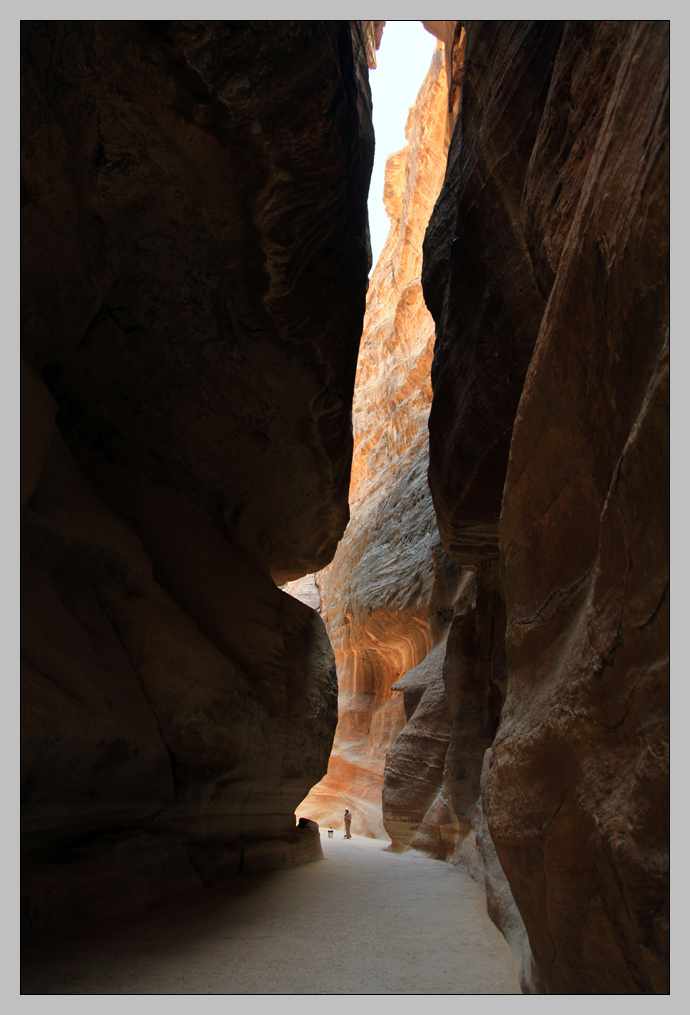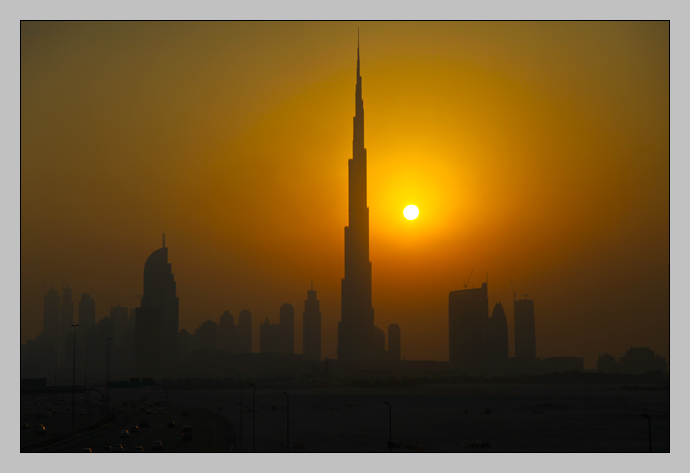
Purchase a Print or
Download Wallpaper: 1920×1200 or 1600×1200
What a difference three weeks can make!
After getting sick on our first visit to the world’s largest salt flat, Oksana and I retreated to La Paz and rested up. We knew we were coming back to the Salar de Uyuni on our way down to Chile, but we worried that the trip wouldn’t be the same without our friends, Dusty and Wendy, along (not to mention that we couldn’t afford a “private” tour without them…)
So, when we arrived at Red Planet Expeditions again, we had plenty of questions for the guides. The most important of which: How can we see the Salar at night?
The short answer: “You can’t.” At least not without staying at a $100/night salt hotel. When pressed, one of the guides admitted there were other options. We could pay $150 for a private, one-day tour which would let us stay out on the flats until about 10pm. That seemed steep to us, considering the 3-day tour to Chile would still cost us $130. Another option, he said, would be to try to convince a group to change the normal itinerary on their 3-day/2-night tour to stay out on the flats until just after sunset. In that case, everyone would have to spend the night in Uyuni again, because there would be no time to drive south after dark.
Most of the tourists with reservations wouldn’t arrive until the next morning, so we resolved to return to the office early to meet them and pitch our idea before committing our own money.
The next morning, nothing went as planned! The buses from Sucre and La Paz were late (due to the unpredictable road conditions during the rainy season.) At first, this seemed like a great thing: The later we got underway, the more likely it seemed we’d be able to convince our guide to stay on the salt flats until dark. But as time went on and no word from the buses materialized, plans changed. Oscar, a Red Planet guide, decided to simply merge the people who were waiting, even though not all of us had paid for the same tour. “Don’t worry,” he told me. “I’ll just tell the others that we’re staying until sunset and they won’t even know that’s not normal!”
Indeed, after hearing that the normal tour only allocated a couple mid-day hours on the flats, the two couples from Argentina and France recognized the opportunity for what it was. Sunset and star photos on the world’s largest salt flats? And we don’t miss anything else on the tour? How did we get so lucky?
Ever since I’d first heard about this tour in Quito, I’d been looking forward to getting some nighttime, starlight photos on the salt flats. Supposedly, when the stars are reflected in the water below, it looks like you’re floating in space! The weather on our second tour was cooperating, too. On our first trip, it rained off and on the whole day, but this time, the sky was blue overhead and the only clouds were on the horizon. Another difference: the water level on the flats was much higher on our second go-around. We were excited that the mirrored surface was even better, even though that meant there were very few places where we could attempt the funny perspective shots…
As the sun began to set, a storm developed on the western horizon. Big black sheets of rain began to fall, far in the distance, and the few people remaining on the flats began to cluster together and start taking photos. As the storm approached, the lightning grew more intense. Some of us were actually able to take handheld lightning photos if we were quick enough.
But as the night began to fall, the real show began! With the darkness, I was able to lengthen my exposures. I set my camera to shoot in bursts, bracketing all three shots to be slightly darker than normal. The storm was raging by the end (though we never did get rained on!) and practically every photo captured at least one, big lightning bolt.
Everyone in our group has amazing photos from that evening, but this one is my favorite.
By 7:30pm, the air was whipping around us and I suspect the wind chill was below zero. I was still in shorts and up to my ankles in icy salt water, shivering uncontrollably. The storm had literally horseshoed around us and lightning was coming down on all three sides, but I continued to take photos right up until Oscar arrived with our Land Cruiser. “I’m so sorry, man,” he shouted over the wind, “but I don’t think you’re going to get your starlight photos tonight.”
“Are you kidding me? After a show like that? I couldn’t care less!”
Canon 5D Mark II
Date: 7:20pm, 23 February 2011
Focal Length: 24mm
Shutter: 8 seconds, -1.7 step bias
Aperture: F/11
ISO: 500
Photoshop: Slight crop to level horizon, auto color, minor saturation increase, cloned out a couple dozen “hot” pixels (chip temperature errors), plus cleaned up the ghosting of one person’s silhouette (because they moved during 8 sec exposure.)








